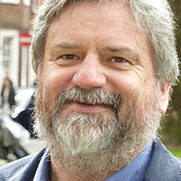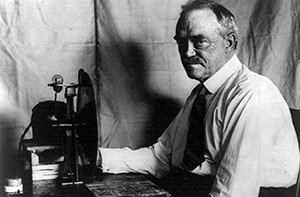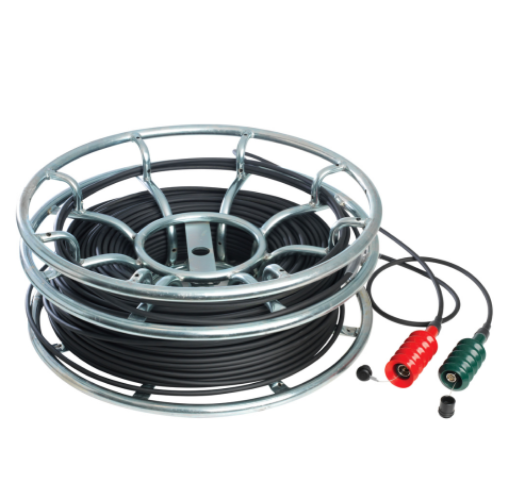On 26 July 1916 there was a public meeting in New York. It was called by a group led by Charles Francis Jenkins (and more on him in a moment). But the guest speaker was Henry D Hubbard, at the time the secretary of the US National Bureau of Standards. This is some of what he said:
"Interchangeability of parts is an important principle of standardisation, but more important is this implication that a true standardisation is the consensus of the best as far as that is practically attainable. To bring things to a dead level of uniformity at an arbitrarily fixed value is not standardisation at all.
"Standardisation means and implies an ideal to be realised. Ideal standards therefore involve searching investigations so that they may be based upon scientific principles rather than on empirical judgment. Standardisation is at its best only when each magnitude of property or dimension is found by theory and test to be the most fit for its use. Such standardisation is a continuous development, not a thing to begin with but to arrive at.
"Like the bark of a tree, standardisation may bound progress but must not limit growth. Inflexible standards are liable to retard progress so that we must keep before us the ideal that at any time the standards must be the consensus of the best, scientifically formulated.
Stable standardisation is that in which all concerned are represented and their interests regarded - engineer, maker and user. To overlook any factor is to vitiate the standardisation as time will show.\"
Now Hubbard was a standards guy, so you might expect him to raise the roof on their importance. But - as I am sure you have guessed - this was the keynote address at the first ever meeting of the Society of Motion Picture Engineers (television was added in 1950), and I am hugely grateful to Barbara Lange, current executive director of SMPTE for providing this quote.
But back to SMPTE, and why that first meeting was called. It was all down to an unsung hero called Charles Francis Jenkins. On 6 June 1894 he gave the first public showing of moving pictures. It happened not in one of the great cities of the world but at 726 East Main Street in Richmond Indiana.
It was clearly an exciting event. As the Richmond Telegram reported, "he needed electrical current to run it but¦ the only current in reach was a trolley wire that passed the door. To this Jenkins attached a lateral wire and brought it down to the proper voltage by means of a pail of water.\" The Health and Safety Inspectorate was less active in those days.
The audience - Jenkins\' parents, friends, and presumably a reporter from the Richmond Telegram - heard a spluttering sound as the machinery cranked up, then "out of the lens shot light onto the wall and a girl clad in garments more picturesque than protective stepped lively. She did not seem bashful thus displayed, while those in the audience were taken aback. She was Annabelle, a vaudeville favourite.\" So the first ever movie was soft porn.
As an aside, it seems quite possible that this was a colour movie. There are reports that Jenkins had hand-tinted each frame. Of a scantily clad young lady who was no better than she ought to be.
Jenkins, briefly with a business partner called Thomas Armat, continued the development and promotion of what they called the Phantoscope. And of course others were working on movies, too: Armat joined Edison, taking chunks of Jenkins\' IP with him. The inventions kept coming, though. In September 1913 Jenkins published a paper called "Motion Pictures by Wireless - Wonderful Possibilities of Motion Picture Progress". Or television, as we have come to call it.
What marked him out, though, was that he was a genuine inventor, interested in new ideas for their possibilities, not as a means of making a fast buck. He was frustrated by the patent wars in the film industry. Why was it so hard for a film shot on one manufacturer\'s camera to be shown on another vendor\'s projector?
Which is why he was the instigator of the Society of Motion Picture Engineers. We wanted the technical side of the industry to get together to sort out interoperability.
Since then, SMPTE, through its active membership, has researched, ratified and published more than 800 standards, recommended practices and engineering guidelines. And if sometimes armchair critics like me wonder why it can take a while to get to a recommendation, it is because they are sticking to the principles outlined in that first meeting, a hundred years ago. To paraphrase Hubbard, a standard is only worth the name if it sets out the best something can be.
So happy birthday SMPTE. In our young industry a centenary is something to be celebrated. May you and your members continue to strive for the best.



































